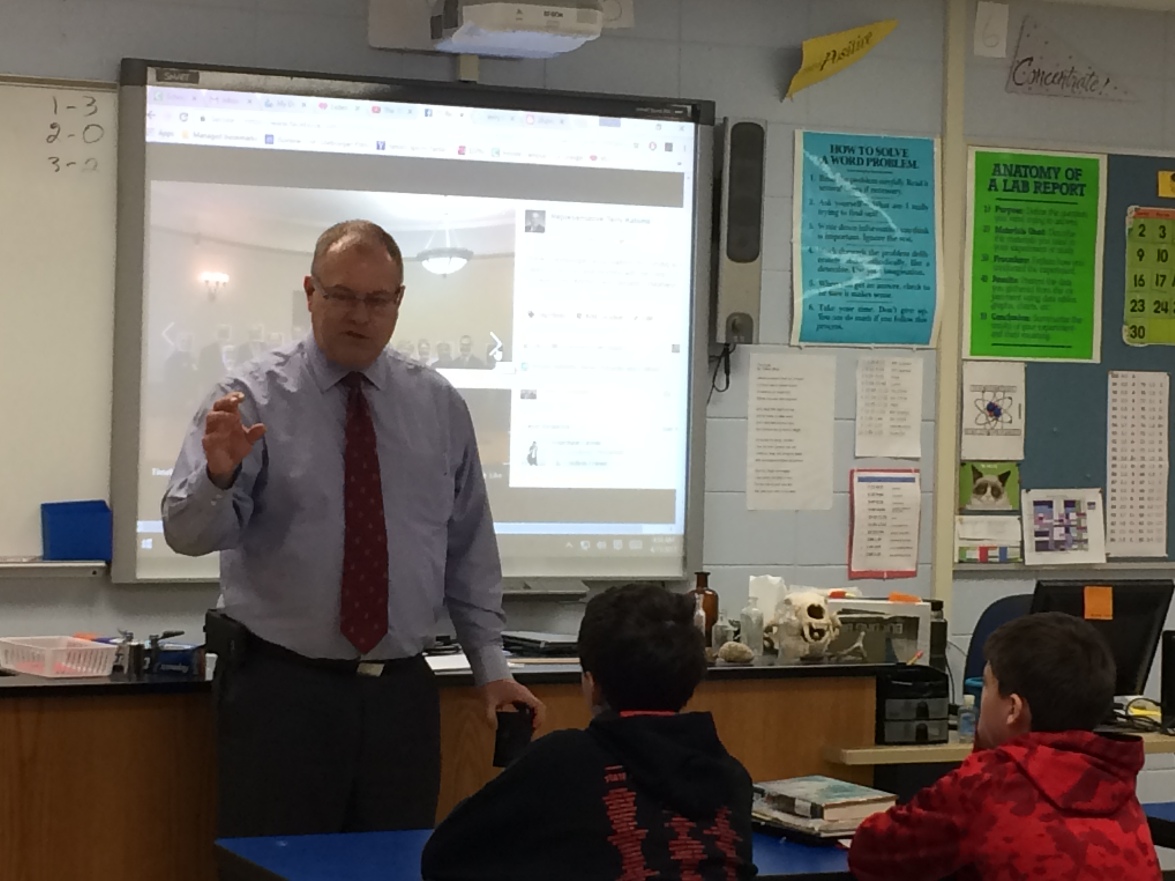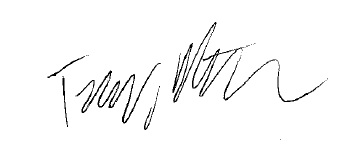|

I was really impressed by my visit this week to Oostburg Middle School on their Career Day. They asked some fantastic questions! Unlike many people in my generation, today's generation of employees are increasingly likely to work in a number of careers and even career fields. I was proud to share with them that their home state and hometown have a lot of opportunities available for hardworking young people like themselves in the years ahead... but I think I always take away a lot more from visiting with students than they take away from me.
The Assembly Republican "Forward" Agenda highlights the need to get serious about the problem of homelessness in Wisconsin. Several colleagues and I introduced a series of reform ideas this week aimed at doing a better job of coordinating resources among state agencies and, ultimately, to help more people move from dependence on government toward the dignity of independence. As part of this effort, I introduced a bill that would help low-income recipients of federal housing vouchers be matched up with existing state job search assistance programs and other services.
As always, I encourage you to follow my updates on social media or contact my office directly with your questions. Best wishes on your weekend, and Happy Easter!

Finding Better Ways Forward on Water Quality
Under the federal Clean Water Act, Wisconsin authorities set statewide standards for controlling pollutants that enter state waterways. In 2010, the Wisconsin Natural Resources Board voluntarily chose an aggressive, strict standard, which was not based on any science or cost/benefit analysis (0.075 parts per million is the strictest standard in the country), as the long-term target for phosphorus discharge limits.
Phosphorus enters our waterways from natural sources (such as natural decomposition), nonpoint sources (such as farm fields or runoff from parking lots) and point sources (such as wastewater treatment plants). Excess phosphorus is a major reason why some lakes and rivers get overrun with blue-green algae in summer. Many point sources have made great strides since 2010 in reducing phosphorus discharge, primarily using filters and costly chemical treatments, and in many cases they are discharging water that is actually cleaner than the waterway into which they are discharging. But getting all the way down to the strict 0.075 ppm threshold will not be possible for many communities' waterworks without prohibitively expensive renovations. Some Wisconsin communities, especially small ones, face huge rate hikes on their future water bills unless something is done.
Under current law, Wisconsin is locked into the strict threshold, but this week I signed a letter to Wisconsin's congressional delegation to ask that Wisconsin be allowed to revise our strict standard and set more reasonable goals. The new standard should be based on real data, realistic expectations and our communities' significant achievements over the past seven years.
Another Part of the Solution
In reality, point sources such as wastewater treatment plants are the only phosphorus sources that the government can easily regulate with a once-size-fits-all standard. But contamination comes from natural and nonpoint sources, too.
Over time, states like Wisconsin with phosphorus-impaired waters are required to complete Total Maximum Daily Load (TMDL) studies that analyze all sources of the pollutant in a specific location or region. The analysis essentially "budgets" how much phosphorus can be allowed to come from each source while still meeting water quality targets. Some communities can avoid needing to perform costly treatment processes or renovations at their waterworks if a TMDL demonstrates that the point sources of contamination are already "doing their share" to control pollution. TMDL data also helps deliver resources to reduce contamination from nonpoint sources. These studies are labor-intensive, however, and states can typically only afford to perform them over a period of years.
Northeast Wisconsin, including part of Sheboygan County, is a high-priority location where the Department of Natural Resources (DNR) may conduct a TMDL. This coming Monday afternoon, April 17th, DNR staff will visit Sheboygan's Mead Public Library to brief the general public about how the process works and how its results can benefit all stakeholders. The briefing begins at 2:30 PM; I hope to see you there!

|

